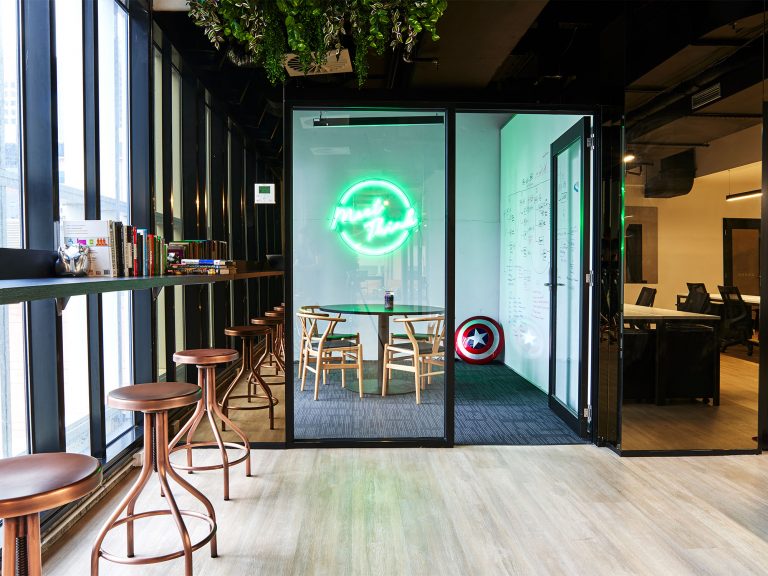6 steps to avoid issues in your commercial lease

There are no real ‘tricks of the trade’ when managing your commercial property.
For the most part, general common sense and an experienced property manager can go a long way for both parties to stay happy throughout the lease term.
However, there are things you can do to allow for a stress free and mutually successful business agreement.
Common sense and an experienced property manager can go a long way for both parties to stay happy.
If you want to avoid tenancy issues in your commercial property lease, there are some steps will help you.
6 steps to a successful lease
1. Set the terms
Ensure the commercial terms are drawn up in a Heads of Agreement and signed off by both parties prior to instructing a lawyer to prepare the lease. This should guarantee there are no disputes over the commercial terms during lease execution and over the course of the lease term.
2. Seek legal advice
Always have a lawyer prepare the lease documents. A lawyer with experience in commercial leases is highly recommended and this allows the deal to be in order and run smoothly.
3. Highlight tenant obligations
Make sure the tenant’s obligations are clearly highlighted by the lawyer in the lease document. Keeping the lines of communication open in these beginning stages between landlord and tenant is imperative, which takes us to step four…
4. Get appropriate approvals
If there are to be any fit-out works undertaken by the tenant, be sure approval is obtained from the appropriate regulatory bodies – for example, local councils. This must always occur prior to any works commencing.
5. Use an experienced property manager
As already pointed out, employing an experienced property manager to handle your property is crucial not only for you, but for a prospective tenant as well. Having your property in capable and professional hands allows you peace of mind and assurance your property is maintained.
6. Carry out pre-lease inspections
Conduct a pre-lease inspection of the property and document the condition of the tenancy prior to lease commencement. This step is beneficial for both landlord and tenant. It is even better if you can take photos to document, and your smart phone is the perfect way to do this.
Read more: 5 things to consider when signing a retail lease
The final step is for the owner to ensure the mechanical services of the building – for example: lifts, air-conditioning, and the intercom – have service agreements in place and are maintained properly. For commercial property leases, most tenant issues arise due to issues with the breakdown of these services and can add unnecessary strain to everyone involved. Therefore, having all these agreements in place from the beginning of the lease is the best way to handle them.
As you can see from the above steps, being organised and knowing what you’re dealing with from the start is the best way to be sure your commercial property lease is set up to succeed. Good luck!







